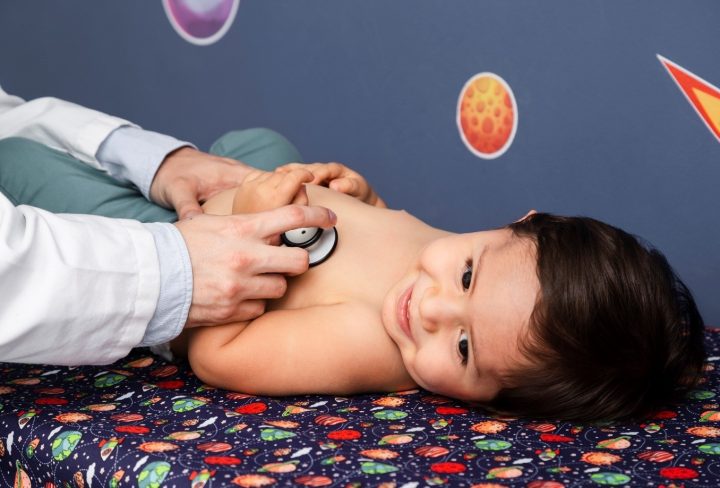Kawasaki Disease (KD) is a rare but serious childhood illness that primarily affects children majorly boys under the age of 5 years. This article aims to raise awareness about Kawasaki disease and promote the importance of early detection and appropriate management.
Symptoms of Kawasaki Disease:
The hallmark symptoms of KD include persistent fever lasting for at least five days, often accompanied by other manifestations like:
- Rash
- Redness of eyes (conjunctivitis)
- Swollen and red hands and feet
- Swollen lymph nodes in the neck
- Irritability
- Peeling skin on their fingers and toes
- Joint pain
Causes and Triggers:
The exact cause of Kawasaki Disease remains unknown. It could be a result of a combination of genetic, environmental, and immunological factors. Researchers suspect that viral or bacterial infections may act as triggers, leading to an abnormal immune response in susceptible individuals. Certain genetic predispositions may also contribute to the development of KD.
Diagnosis of Kawasaki Disease:
Diagnosing KD can be challenging due to its non-specific symptoms that can mimic other childhood illnesses. However, physicians use a set of clinical criteria known as the “Kawasaki Disease diagnosis guidelines” to aid in identifying the condition. These criteria include fever and a combination of other clinical features.
In some cases, additional tests like echocardiography and blood tests to assess inflammation may be performed to confirm the diagnosis.
Complications and Long-Term Effects:
If left untreated or diagnosed late, KD can lead to serious complications, particularly affecting the heart. One of the most critical complications is the development of coronary artery aneurysms, which can increase the risk of heart attacks and other cardiac problems later in life. Timely diagnosis and treatment are essential to prevent these long-term effects.
Treatment Approaches:
The primary goal of treating Kawasaki Disease is to reduce inflammation and prevent coronary artery complications.
The standard treatment involves:
- Administering intravenous immunoglobulin (IVIG) to decrease inflammation and reduce the risk of coronary artery abnormalities.
- High-dose aspirin is often given along with IVIG to control fever and inflammation.
- In cases where IVIG is not fully effective, additional medications like corticosteroids may be used.
- Regular echocardiograms are performed to monitor heart health during and after treatment.
Recognizing the symptoms, seeking medical attention, and adhering to treatment recommendations are vital steps in ensuring a positive outcome for children affected by this condition.



